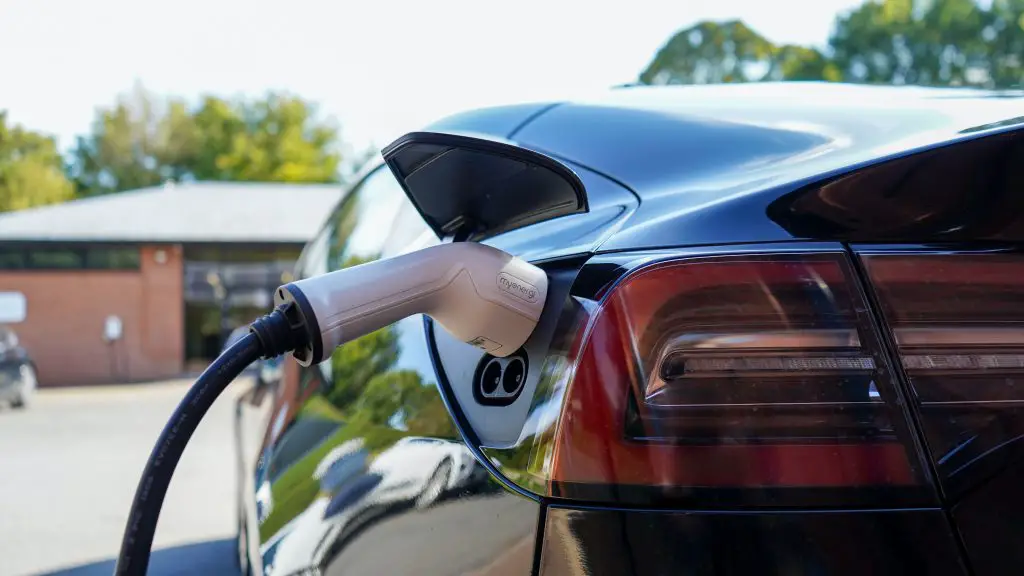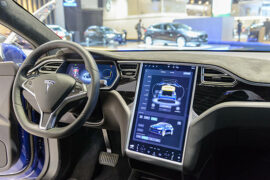Contents
Tesla model x charge port door sensor fault
In the realm of automotive innovation, the Tesla Model X stands as a testament to cutting-edge technology and sustainable mobility. As one of Tesla’s flagship electric vehicles, the Model X has captured the imagination of drivers worldwide with its sleek design, unparalleled performance, and a host of advanced features that redefine the driving experience.
However, even in the realm of technological marvels, glitches can occur. One such challenge that Tesla Model X owners may encounter is the elusive “charge port door sensor fault.” This seemingly minor issue can have a significant impact on the otherwise seamless charging process, highlighting the intricate interplay of components within this electric masterpiece.
As we embark on this exploration, we will unveil the layers of sophistication that make the Tesla Model X a pioneer in the electric vehicle landscape. Simultaneously, we will shine a light on the specific intricacy of charge port door sensors, understanding how their proper functioning is integral to the Model X’s efficiency and the overall charging experience. Join us as we navigate through the realms of innovation and troubleshooting, seeking to understand and address the charge port door sensor fault in the Tesla Model X.
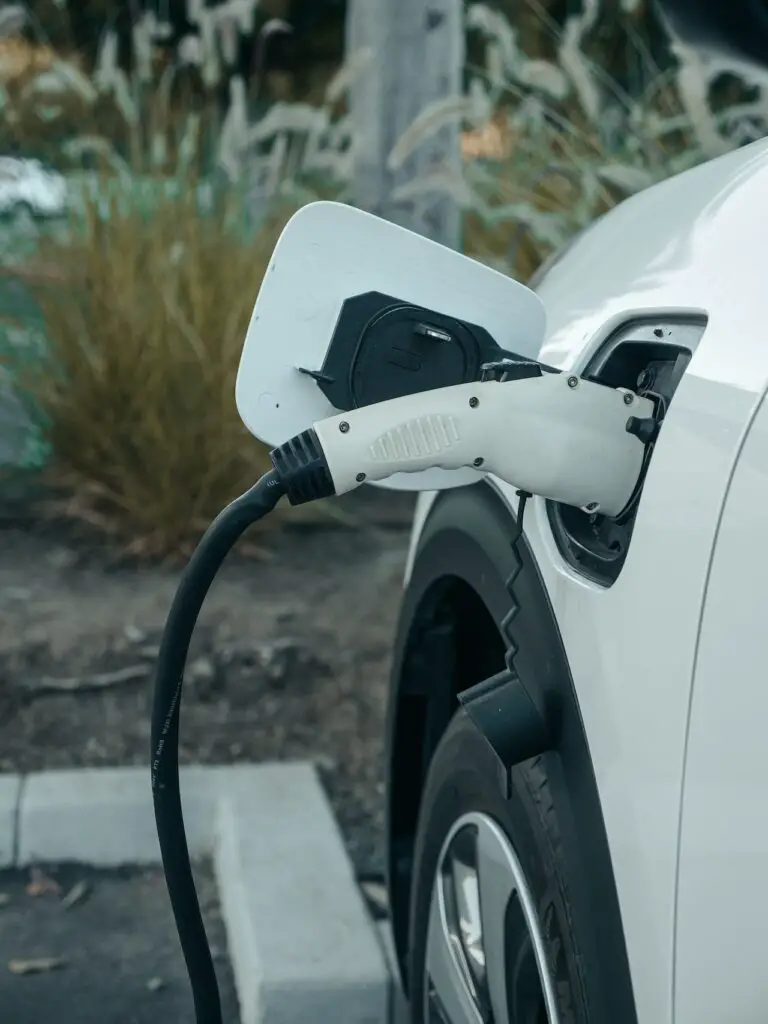
Understanding the Charge Port Door Sensor Fault
In the intricate web of Tesla Model X technology, the charge port door sensor fault emerges as a nuanced challenge that warrants our attention. Let’s unravel the mystery of this fault, delving into its definition, common symptoms, and the broader implications it carries for the overall charging experience of Tesla Model X owners.
Defining the Charge Port Door Sensor Fault:
The charge port door sensor fault refers to a disruption in the proper functioning of the sensors responsible for detecting the status of the charge port door. These sensors play a crucial role in ensuring that the door opens and closes seamlessly during the charging process. When a fault occurs, it disrupts the communication between the sensors and the vehicle’s system, potentially leading to issues related to door closure, safety protocols, and charging initiation.
Common Symptoms:
Identifying the charge port door sensor fault involves recognizing common symptoms that may manifest in Tesla Model X vehicles. Users might observe irregularities in the behavior of the charge port door, such as failure to open or close properly, unexpected pauses during the charging process, or error messages indicating sensor malfunctions on the vehicle’s display. Understanding these symptoms is the first step in troubleshooting and addressing the issue effectively.
Impact on the Charging Experience:
The charge port door sensor fault isn’t merely a technical glitch; it has a tangible impact on the overall charging experience for Tesla Model X owners. Beyond the inconvenience of a malfunctioning door, the fault can lead to delays in charging initiation, disrupt the seamless flow of energy between the charging station and the vehicle, and potentially compromise the safety features associated with the charge port. This fault, if left unaddressed, can transform a routine charging session into a cumbersome and unpredictable process, challenging the efficiency that Tesla Model X drivers have come to expect.
As we navigate through the intricacies of the charge port door sensor fault, our goal is to empower Tesla Model X owners with insights into its manifestations and the potential repercussions on their electric driving experience. In the following sections, we will embark on a journey of troubleshooting and solutions, seeking to restore the flawless charging harmony that defines the Tesla Model X.
Troubleshooting Steps for Tesla Model X Owners
In the pursuit of resolving the charge port door sensor fault in your Tesla Model X, a systematic approach to troubleshooting is key. Here, we provide Tesla Model X owners with practical steps to identify and potentially address the issue:
1. Inspecting for Physical Obstructions:
Begin by visually inspecting the charge port area for any physical obstructions. Ensure that there is no debris, foreign objects, or accumulation of dirt that might interfere with the proper functioning of the sensors.
Gently clean the charge port area, removing any potential impediments that could hinder the door’s smooth operation.
2. Manually Closing the Charge Port Door:
If the charge port door appears partially open or exhibits irregular behavior, consider manually closing it to address potential sensor issues.
Approach the door and gently guide it into a fully closed position. Ensure that it clicks securely, indicating a proper closure.
Pay attention to any resistance or unusual sounds during this manual closing process, as they might provide insights into the nature of the sensor fault.
3. Restarting the Tesla Model X:
A simple yet effective troubleshooting step involves restarting the Tesla Model X. This action can help resolve minor glitches, including those related to the charge port door sensor.
Turn off the vehicle, wait for a minute, and then restart it. Check the charging screen and monitor any displayed error messages or notifications related to the charge port door sensor fault.
During the restart process, the vehicle’s systems undergo a refresh, potentially resolving temporary issues that may be contributing to the sensor fault.
By following these troubleshooting steps, Tesla Model X owners can take proactive measures to address common issues associated with the charge port door sensor. If the problem persists despite these efforts, it may be indicative of a more complex issue that requires professional attention. In the following sections, we’ll delve deeper into potential software-related solutions and explore avenues for seeking assistance from Tesla’s support team.
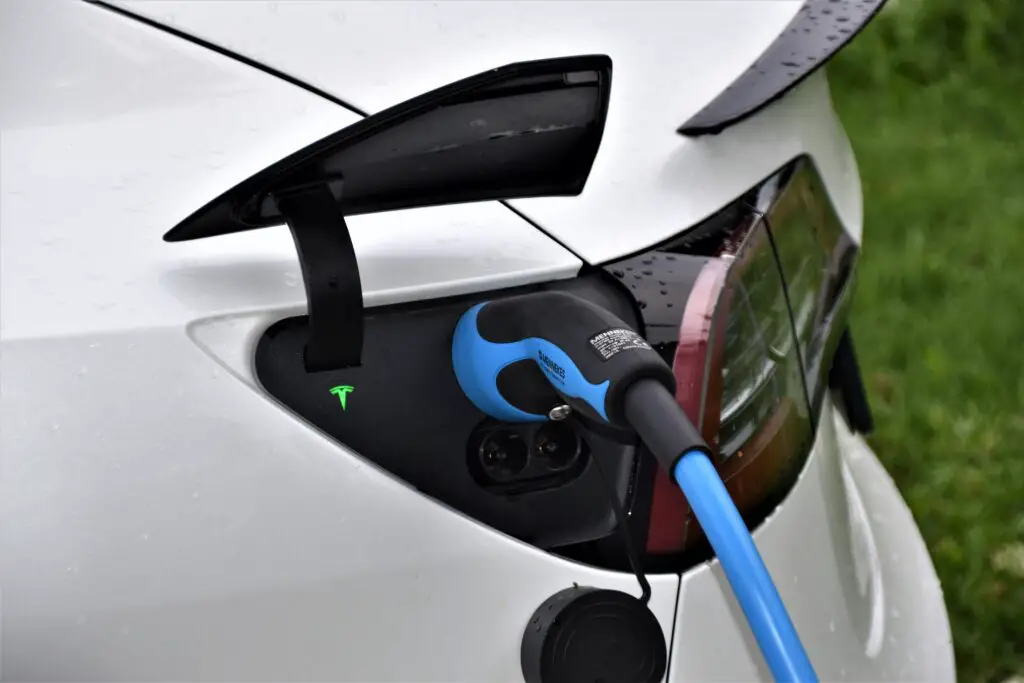
Software Updates and Their Role
In the dynamic world of Tesla Model X technology, the role of software updates extends beyond introducing new features; it plays a pivotal role in addressing and preventing charge port door sensor faults. Understanding the significance of these updates and embracing a routine of regular software maintenance is crucial for optimizing the performance of your Tesla Model X.
Explaining Software’s Role in Addressing Sensor Faults:
Tesla’s commitment to constant improvement is reflected in the regular issuance of software updates. These updates encompass not only enhancements to features but also bug fixes and optimizations of existing functionalities. Specifically, when it comes to charging port door sensor faults, software updates may include refinements to the algorithms governing sensor communication, ensuring smoother operation and quicker response times.
By addressing potential glitches or vulnerabilities in the software that could contribute to sensor faults, Tesla actively seeks to enhance the reliability of the charge port door system. These updates are designed to create a more robust and resilient interaction between the sensors and the vehicle’s central control unit, minimizing the likelihood of faults and ensuring a seamless charging experience.
Emphasizing the Importance of Regular Updates:
The adage “prevention is better than cure” holds in the context of charge port door sensor faults. Regularly updating your Tesla Model X’s software is not just a matter of accessing new features; it’s a proactive step in preventing potential issues before they arise. The interconnected nature of vehicle systems means that an update addressing one aspect, such as sensor functionality, can have ripple effects that contribute to the overall stability and performance of the vehicle.
Owners are encouraged to actively participate in the update process, ensuring that their Tesla Model X is running the latest software version provided by Tesla. This commitment to regular updates not only enhances the reliability of the charge port door sensors but also contributes to the overall safety, efficiency, and functionality of the vehicle.
In the subsequent sections, we’ll explore physical inspections and reporting procedures, delving into how owners can take charge of troubleshooting efforts. However, it’s essential to remember that while software updates are powerful tools for prevention, they should be complemented by a holistic approach to vehicle care and maintenance.
Physical Inspection and Reporting Damages
In the pursuit of maintaining the optimal performance of your Tesla Model X, proactive physical inspection and prompt reporting of any detected issues play a pivotal role. Here, we guide Tesla Model X owners on how to conduct a thorough physical inspection of the charge port door and its surroundings for signs of damage and stress the importance of timely reporting to Tesla’s service center for professional assessment.
1. Physically Inspecting the Charge Port Door and Sensors:
Start by visually examining the charge port door for any visible signs of damage. Look for scratches, dents, misalignments, or irregularities in the door’s movement.
Extend the inspection to the sensors surrounding the charge port. Check for any loose connections, exposed wiring, or physical damage that might hinder their proper functioning.
Inspect the general area for debris or foreign objects that could interfere with the door’s operation or obstruct the sensors.
2. Encouraging Prompt Reporting to Tesla’s Service Center:
If any signs of damage or irregularities are detected during the inspection, it is crucial to promptly report these issues to Tesla’s service center.
Utilize Tesla’s official communication channels, such as the Tesla app or the online portal, to submit a detailed report of the observed problems. Include clear descriptions, images, or videos to aid in the assessment.
Emphasize the urgency of the matter, especially if the detected issues are impacting the charge port door sensor’s functionality or safety features.
3. Professional Assessment and Resolution:
Tesla’s service center professionals are equipped to conduct in-depth assessments of reported issues. They have the expertise to diagnose and address both visible and underlying problems related to the charge port door and its sensors.
Follow the guidance provided by Tesla’s service center, which may include scheduling a service appointment for a hands-on inspection and potential repairs.
Keep open lines of communication with the service center, providing any additional information or insights that could assist in the resolution process.
By actively participating in the physical inspection and reporting process, Tesla Model X owners contribute to the overall well-being of their vehicles. Early detection and timely reporting of issues ensure that potential problems are addressed proactively, preventing escalation and promoting a safer and more efficient driving experience.
In the upcoming sections, we’ll delve into additional troubleshooting steps and explore avenues for seeking remote assistance, continuing our mission to empower Tesla Model X owners in addressing charge port door sensor faults comprehensively.
Resetting the Charge Port and Seeking Remote Assistance
In the quest to resolve charge port door sensor faults in your Tesla Model X, two powerful tools are at your disposal: manual resetting of the charge port and remote assistance from Tesla’s support team. Let’s explore these options to empower Tesla Model X owners in their troubleshooting endeavors.
1. Manual Resetting of the Charge Port:
Navigate to the vehicle’s center console, where the charging controls are accessible.
Locate the option for resetting or opening the charge port. This is typically found in the charging menu or a dedicated section related to the charge port.
Follow the on-screen instructions to initiate the manual reset of the charge port. This action can often recalibrate the sensors and address temporary glitches.
Observe the charge port door during and after the reset process to ensure it responds as expected. If there was a sensor fault contributing to the issue, this step can help rectify it.
2. Highlighting Benefits of Remote Assistance:
Tesla’s support team is equipped with advanced diagnostic tools that allow them to assess the status of your vehicle remotely.
In the event of persistent or complex charge port door sensor faults, consider seeking remote assistance from Tesla’s support team through the official channels.
Initiate contact through the Tesla app or online portal, providing detailed information about the observed issues, any troubleshooting steps taken, and relevant vehicle details.
Tesla’s remote assistance can involve a real-time assessment of your vehicle’s systems, with the support team guiding you through additional troubleshooting steps or, if necessary, initiating further actions to address the sensor fault.
3. Collaborative Troubleshooting:
Engage in a collaborative troubleshooting process with Tesla’s support team. They may request specific information, perform remote diagnostics, and guide you through additional steps to identify the root cause of the sensor fault.
Follow the support team’s instructions diligently and provide timely feedback on the outcomes of any troubleshooting steps undertaken. This collaboration enhances the efficiency of remote assistance.
By combining the manual resetting of the charge port with the expertise of Tesla’s support team, Tesla Model X owners can approach the resolution of charge port door sensor faults comprehensively. These steps not only empower users to take proactive measures but also leverage the support of Tesla’s dedicated team to address more intricate issues. In the subsequent sections, we’ll delve into broader aspects of maintaining your Tesla Model X, including the role of software updates and physical inspections.
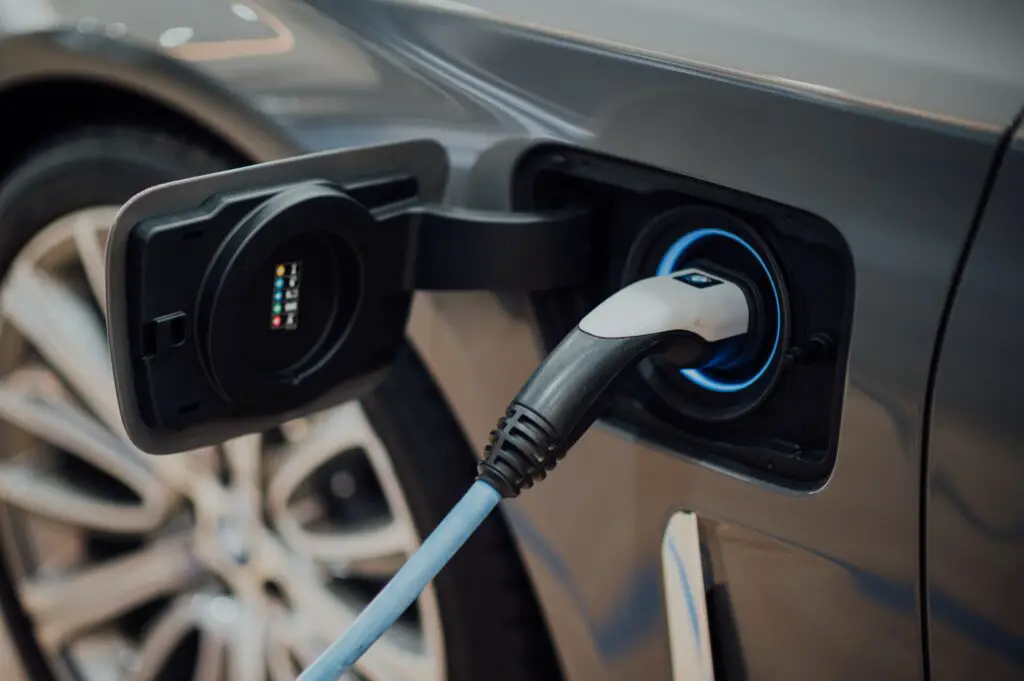
Contacting Tesla Support and Service Centers
As you navigate the intricacies of addressing charge port door sensor faults in your Tesla Model X, direct communication with Tesla Support and potential service center assistance becomes paramount. Here’s a guide on how to effectively contact Tesla Support and initiate service appointments for more in-depth assessments and potential repairs:
1. Contacting Tesla Support:
Utilize the official communication channels provided by Tesla to reach out for support. The primary method is often through the Tesla app, available for download on mobile devices.
Open the Tesla app and navigate to the “Service” or “Support” section, where you can find options for contacting Tesla Support.
Use the in-app messaging feature to describe the charge port door sensor fault in detail. Include information on when the issue was first observed, any troubleshooting steps you’ve taken, and the current status of the problem.
Be vigilant in checking for responses from Tesla Support and respond promptly to any requests for additional information or clarification.
2. Scheduling Service Appointments:
If the charge port door sensor fault persists despite troubleshooting efforts, Tesla’s service centers stand ready to provide in-depth assessments and potential repairs.
Initiate the service appointment process through the Tesla app or the official Tesla website. Look for the “Schedule Service” option.
Provide detailed information about the charge port door sensor issue when prompted during the service appointment scheduling process. Include relevant details such as the specific symptoms observed and any previous interactions with Tesla Support.
Select a convenient date and time for your service appointment, keeping in mind the urgency of the issue.
3. Communication during the Service Process:
Throughout the service process, maintain open lines of communication with the assigned Tesla service center.
Respond promptly to any inquiries or updates from the service center, and be prepared to provide additional information if requested.
Stay informed about the progress of the assessment and any recommended repairs. Tesla service centers often strive for transparency in keeping owners updated on the status of their vehicles.
By proactively engaging with Tesla Support and initiating service appointments when necessary, Tesla Model X owners can ensure that charge port door sensor faults are addressed comprehensively. This collaborative approach, combining remote support with in-person assessments, maximizes the chances of timely and effective resolution.
In the final sections, we’ll revisit the importance of software updates and explore the significance of regular maintenance in sustaining the performance and longevity of your Tesla Model X.
Conclusion
In the dynamic world of electric vehicle technology, the journey of troubleshooting charge port door sensor faults in your Tesla Model X has been both enlightening and empowering. Let’s recap the key steps and insights shared in this guide, arming you with the knowledge and resources needed to address these challenges promptly.
1. Understanding the Charge Port Door Sensor Fault:
Defined the charge port door sensor fault and explored common symptoms.
Highlighted the impact of this fault on the overall charging experience for Tesla Model X owners.
2. Troubleshooting Steps:
Guided users in inspecting the charge port area for physical obstructions.
Provided step-by-step instructions for manually closing the charge port door to address sensor issues.
Discussed the effectiveness of restarting the Tesla Model X to troubleshoot minor sensor glitches.
3. Software Updates and Their Role:
Explained how software updates play a crucial role in addressing and preventing charge port door sensor faults.
Emphasized the importance of regularly updating the vehicle’s software for optimal performance.
4. Physical Inspection and Reporting Damages:
Guided physically inspecting the charge port door, sensors, and surrounding areas for signs of damage.
Encouraged prompt reporting of detected issues to Tesla’s service center for professional assessment.
5. Resetting the Charge Port and Seeking Remote Assistance:
Guided users through the process of manually resetting the charge port using the vehicle’s center console.
Highlighted the benefits of seeking remote assistance from Tesla’s support team for diagnosing and addressing sensor faults.
6. Contacting Tesla Support and Service Centers:
Offered clear instructions on how Tesla Model X owners should contact Tesla Support.
Discussed the process of scheduling service appointments with Tesla’s service centers for more in-depth assessments and potential repairs.
Empowerment through Knowledge:
As Tesla Model X owners, you now possess the tools to navigate the troubleshooting landscape, addressing charge port door sensor faults with confidence. The combination of proactive physical inspections, utilization of software updates, and effective communication with Tesla Support and service centers forms a robust strategy for maintaining the optimal performance of your electric vehicle.
Remember, the journey doesn’t end here. Stay vigilant in keeping your Tesla Model X’s software up to date, and conduct regular check-ups to ensure all components, including the charge port door sensors, are functioning optimally. By staying engaged and proactive, you contribute to the ongoing success of your Tesla Model X and the broader electrification movement.
Safe travels on the road of innovation!

